The 17 Sustainable Development Goals affect us all: governments worldwide, NGOs and other institutions, society, science, business and every individual. They envision us working together to address the challenges we face. Ultimately, we all benefit from achieving the goals.
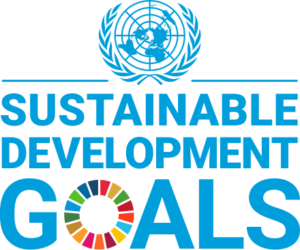
Who are the United Nations?
The United Nations, also known as UN and United Nations Organization (UNO), is an intergovernmental association recognized globally without restrictions. Created in 1945 after World War II, it represents an association for solving international problems. Initially, its overarching goals were to uphold international law, protect human rights, and ensure world peace and interstate security. Today, the UN has also set itself the task of climate protection and sustainable development.
Since 2011, a total of 193 states are members of the UN world community. Non-members are Kosovo and Taiwan, as they are not recognized by all member states, and voluntarily the Vatican.
The United Nations has locations all over the globe with headquarters in New York, Geneva, Nairobi, and Vienna.
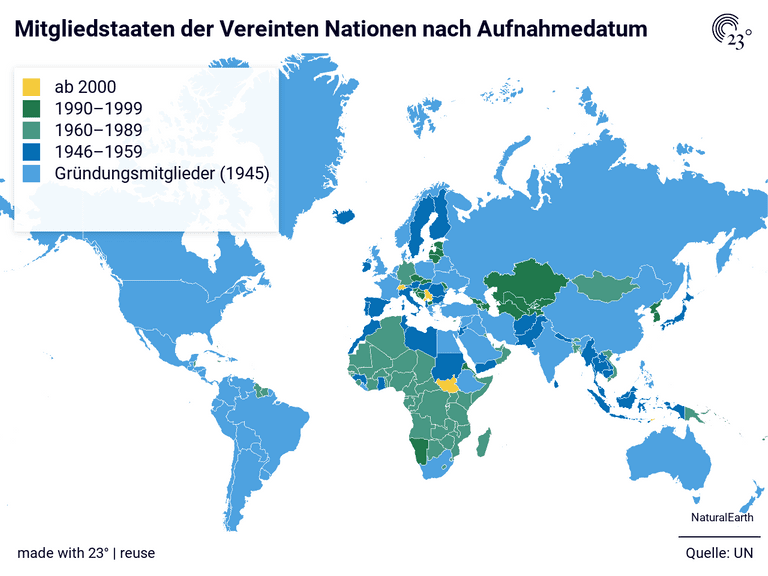
The 2030 Agenda

Climate protection measures in Germany
Who is responsible for sustainability policy in Germany?

So-called off-track indicators indicate the areas in which the German sustainability strategy is not on track yet. These currently include equal educational opportunities, energy consumption in transport and the loss of biodiversity.
Here you can see how exactly the German government is working to achieve the respective goals. This page also shows you how the German Federal Ministry for the Environment, Nature Conservation, Nuclear Safety and Consumer Protection is implementing the 2030 sustainability goals.
The Daniel Schlegel Umweltstiftung ft. Sustainable Development Goals
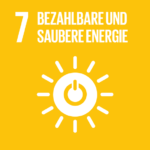
We promote the spread of renewable energies in terms of environmental policy, for example by supporting the “Klimawende von unten” initiative, the work of GermanZero on a climate-friendly set of laws, and the lawsuit against the Datteln 4 coal-fired power plant.
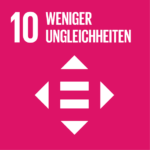
For the tenth sustainability goal, rich countries should support poorer ones. For example, our project in Uganda counteracts poverty, disease and food shortages locally. Our establishment of a tree nursery in Cape Verde also improves the quality of life for local residents. In Germany, the Daniel Schlegel Environmental Foundation is committed to social justice by providing rental houses from the foundation’s portfolio for the socially disadvantaged.
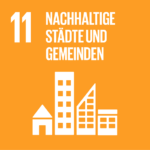
To keep cities livable, we need to improve air quality and provide affordable housing. We are promoting this by planting trees in cities, for example in Berlin and Lukavac (Bosnia and Herzegovina), and by supporting the legal action of Deutsche Umwelthilfe e.V. to ensure environmentally friendly traffic. In addition, the foundation offers rental houses at moderate prices.
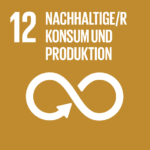
With our project to protect the Peruvian rainforest, we are committed to conserving resources and raw materials. Our working materials and office spaces are also as environmentally friendly as possible. You can learn more about it here.
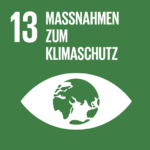
To achieve Goal 13, the greenhouse effect and the effects of climate change must be reduced. This is supported by our sponsorship of the lawsuit against the Datteln 4 coal-fired power plant and the Umweltinstitutes München. Furthermore, trees help to filter greenhouse gases from the air. For this reason, we are committed to planting trees in a variety of ways, such as in the El Silencio Nature Reserve in Colombia or on the Hochmeisterplatz in Berlin.
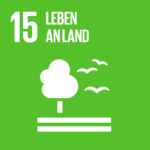
Nature and animals, as well as fields and forests, need protection in order to preserve biodiversity and enforce Goal 15. This is where many of our projects come in. For example, we are creating habitats and healthy ecosystems in a swamp area in Rwanda, in Havelland in Brandenburg, and in the Romanian primeval forest.
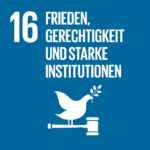
To realize Goal 16, all people must be able to live in peace, have equal rights, and have basic needs met. The Daniel Schlegel Environmental Foundation extends this goal to future generations: The environmental aspect of all our projects promotes a livable future on this planet so that the basic rights of future generations are secured. By threatening our livelihoods and resources, climate change also threatens peace. Therefore, implementing environmental protection measures helps to minimize future conflict potential.
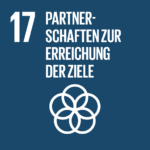
In order to implement the global sustainability goals, cooperation is needed. So we enter into partnerships with communities in our city and other countries, with institutes, climate protection organizations, schools, etc.
Click here for an overview of our partners in the fight for environmental conservation.
To do’s




